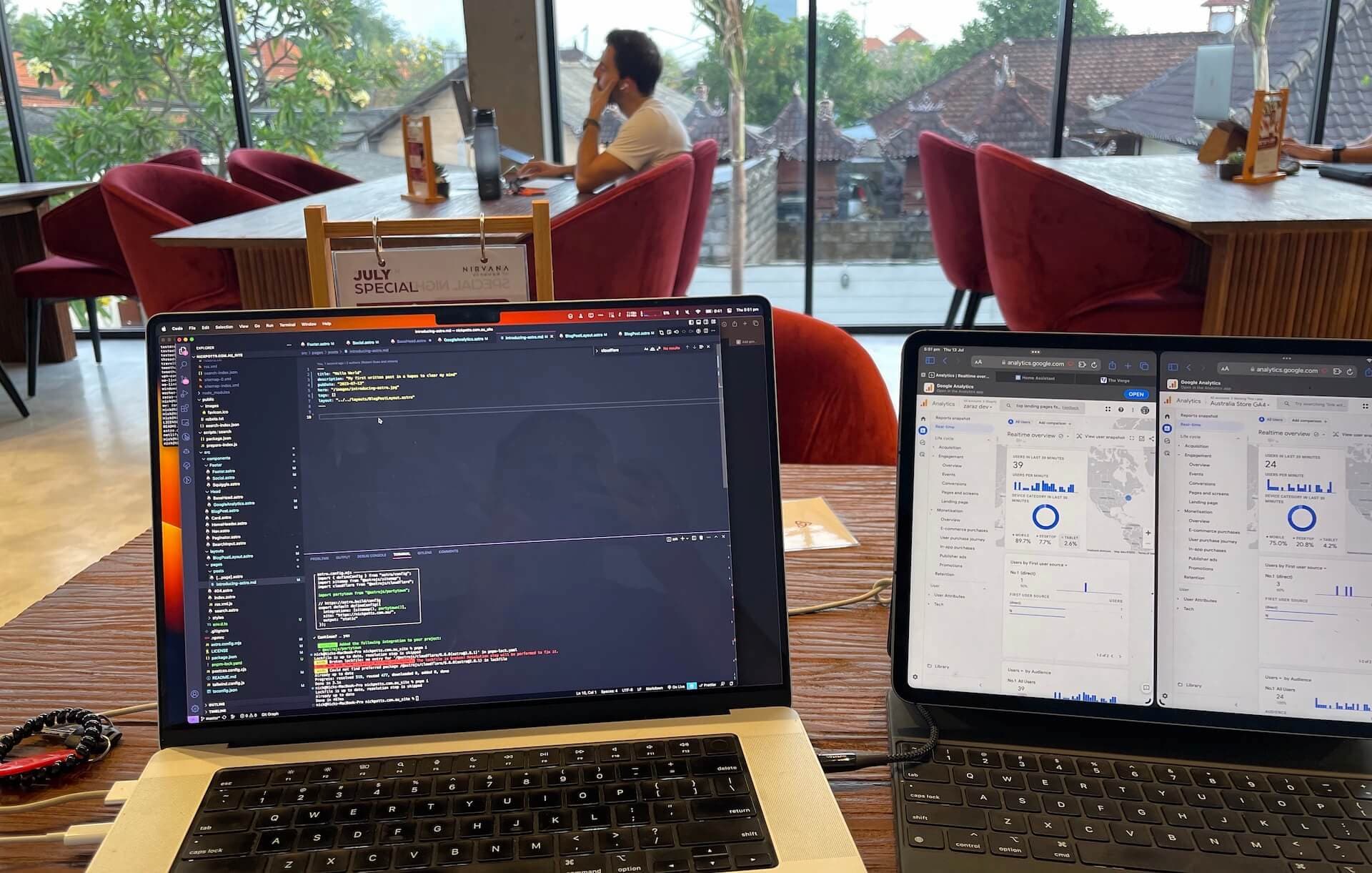Idea Idea Idea

I’ve got a 3-year runway to discover a killer B2B software idea. Each month, I’ll jot down my insights from the previous month. I’m leaning towards B2B because I find businesses are more willing to pay for problem-solving solutions.
The Ideal Idea Should Be:
- High Value: The same effort should yield more success with a high-value idea. This is crucial.
- High Initial Investment, Low Maintenance: The idea should require specific knowledge - I’m not interested in easily cloned concepts.
- Clear Value: The product should sell itself - if the value isn’t apparent, selling it becomes a challenge.
- Long-term Focus: I must be ready to work on it forever. If I don’t enjoy it, it’s not for me. If I plan to outsource the work eventually, it’s not for me.
- Clear MVP Goals: I should be able to define the problem, the solution, and quickly build an MVP that proves it solves the problem. If it doesn’t, I move on.
- Subscription-Based: I’m a fan of recurring revenue.
I aim to refine this list further in the coming months. My primary goal is to learn and develop specific knowledge, but I can’t just stand idle. Hence, my current two projects.
Shopify Shenanigans
I recently discovered Zaraz. Here’s a quick rundown:
- It’s a pixel you can install on your site.
- It runs your regular pixels (like Meta, GA4) in the cloud and provides both browser and server-side tracking.
The initial idea was simple:
- Collect all Shopify events.
- Send events to Facebook/GA4.
- Prove that more events = better performance.
However, Zaraz has some fundamental flaws. The main issue is that Zaraz allows the pixels (like GA4/Meta) to store data on the client. This means all Shopify events must be sent from the Zaraz browser pixel. Given that:
- The highest quality data comes from the server.
- Ideally, you collect from multiple sources (webhook/client) then dispatch when you’ve got the best data. You can use Zaraz but only for data collection, not for running the built-in pixels. Modifying the GA4/Meta Zaraz pixels to work with these limitations is a losing game.
Ultimately you need to build a conversion tracking system from scratch, not using Zaraz.
Key Takeaways
I didn’t prove more events = better performance. But I don’t think it matters. Hypothetically, if you collect 100% of data and send Facebook 100% of the data, Facebook can’t use your data. Clicking “Don’t track me” in the Facebook iOS app doesn’t allow Facebook to process events - they silently drop data. Facebook has been working with this limitation for years now. They’ve got thousands of smart engineers - their system is designed around this limitation.
So, what really matters?
Direct Traffic. How many people do you think visit your Shopify store directly - aka typing in https://yourstorehere.com? I’d bet not many.
The store I’ve been collecting data from attributes roughly 15% of their orders to direct traffic. I call bullshit. This is a tracking issue - people are returning to the site, but Shopify isn’t correctly matching their sessions together.
Some conversion tracking services are starting to offer “Identity Resolution”. Elevar does it well, matching users from various sources with a primary focus on Klavyio. Bily.ai uses a singular source on the client side - fingerprintjs.com - which is a minor improvement over nothing because they’re only looking for the same browser, not a person, and you can’t merge different devices to one “Identity”.
But the real question is How much direct traffic is due to a returning person that’s failed to be tracked. This month, that’s the question I want to try to solve.
Learning SEO
Not a B2B, but an interesting side project focused on learning.
I recently purchased https://salarycalculate.com. The plan is to generate pages such as “How much is $16.50 an hour per year” etc. The main goal is to learn how SEO works - what makes a site rank well and potentially replicate it several times over with other small calculators.
Going over my checklist:
- High Value: The value here is the input to output. Low effort, easily replicated but only through specific knowledge.
- High Initial Investment, Low Maintenance: The investment here is learning how to make the page perform - anyone can clone a site but making it rank well is the trick here.
- Clear Value: Providing value to Google.
- Long-term Focus: I could make a business of replicating this 1000x over.
- Clear MVP Goals: I need traffic from Google (that grows).
- Subscription-Based: Not a subscription, but as traffic compounds, AdSense will too.
Do things that compound daily.